En inglaterra de momento a vendido más qiue Diablo 3.
Aqui os traigo una entrevista, y unos datos sobre la versión pc.
"El tamaño de instalación de Max Payne 3 se debe a que no se ha comprimido nada, como si se hizo en consola por problemas de espacio. Una buena parte de los requisitos de espacio es debido al tamaño de las texturas, que son cuatro veces de mayor resolución que las vistas en consolas. Por otra parte, la calidad del audio es significativamente mayor que en consola, que posee unas tasas de compresión más bajas. Todo esto, combinado con una configuración de vídeo superior, va a proporcionar una sustancial mejora del acabado visual”, citan en la entrevista. Unos datos francamente esperanzadores que podremos comprobar el próximo día 1 de junio, cuando salga a la venta la versión de pc".
After the success of the console release last week, the PC release of Max Payne 3 is highly anticipated. We caught up with Kevin Hoare, Lead PC Designer on Max Payne 3, to talk about the differences in this long-awaited sequel to Remedy Entertainment's classic noir-inspired action games. There's some good stuff in here, so keep an eye on this space for our upcoming Max Payne 3 review.
Game On: With such a long gap since Max Payne 2, what considerations did you have to take to bring Max up to speed with modern times?
Kevin Hoare: We had to consider what the first two games had accomplished, firstly. Max Payne was an incredibly groundbreaking game at the time in terms of both storytelling and gameplay. In terms of characterization, it was one of the first action games to have a fully developed protagonist - the use of comic-book cutscenes and Max’s noir-inspired internal monologue really put you in his head in a way most action games didn’t do back then. And then there’s the gameplay, which brought that highly choreographed Hong Kong action movie style into videogames by introducing Bullet Time. Bullet Time was never just about slow motion – it was about the idea that you could move and react to every bullet.
So the initial goal was to modernize Max Payne gameplay. Max is a game about choreographed gunplay combined with stylish, fluid movement (both in real time and in Bullet Time). We didn’t want to sacrifice a thing, we wanted first-person precision and ease of targeting but we wanted all the things we love about third-person games in terms of being able to see your character move believably. So thanks to literally thousands of blended animations and physics states, you can aim and move in any direction you want at any time and in a whole range of poses – prone, vaulting over cover, during a shoot-dodge – and you’ll never lose your target, and Max appears to move naturally while you do it. Max can do his classic slow motion shootdodge dive in any direction, and he can now shoot 360 degrees from a prone position. At all times, the character gets out of the way of the reticle in a natural and believable way, and it makes Max Payne 3's combination of shooting and
movement really satisfying to play.
We also implemented NaturalMotion’s Euphoria character behavior system (the same animation egine employed in Grand Theft Auto IV and Red Dead Redemption -- Ed) into Max, more so than we’ve ever done in a lead character before. So Max responds to the world around him more realistically than ever – he’ll brace for impacts by tucking in his head if you throw him toward a wall, or he’ll lean out a hand if you dive him over objects. We also made sure to create separate animations for certain movements in Bullet Time as opposed to real time. We wanted every detail to be as close to perfect as we could get, so Max has a real sense of weight and purpose to the way he moves.
Max Payne 3 has a really intuitive cover system, something that was not around at the time of the original games, but it’s really more of a place to take a break, reload and strategize rather than the core gameplay mechanic. Max still uses painkillers for health rather than regenerating health, so hiding in cover doesn’t have the same advantages it does in a cover-based shooter. You have to keep moving or the A.I. will eventually flank you and flush you out.
Some things do not change – Max is still a pure shooter based on free-aim mechanics, though we do offer a range of aim sensitivities and targeting options for more casual players.
The Max Payne series has always been known for its wonderful art direction and take on the film noir setting; did you find it somewhat difficult to keep creating a new story while still sticking true to the setting you've established?
KH: Not at all. There’s an assumption that the location change meant that we were abandoning the game’s noir sensibilities, but everything about the game is very true to noir; it’s just less about winter in New York (although we have a lot of that too), which is not in itself that attached to noir. We wanted to continue to push Max’s story forward in a way that made sense for the character and the criminal undercurrents at all levels of Sao Paulo society are a fantastic place to put an armed, alcoholic ex-cop with a really troubled past and some serious personal issues. To be honest, to us a drunk, world weary ex-cop working for a glamourous rich family full of secrets (and unwittingly getting involved in a story that is bigger than it seems) is about as noir as it is possible to be.
You have James McCaffrey as not only the voice of Max Payne, but also the model. How different was it to have him taking on both roles for this game?
KH: It really helped to ground everyone’s performance. Suddenly James is not a disembodied voice but he’s there physically performing scenes with other actors, including some of the less stressful stunts. When you see Max leaping around the environments and shouting out as he thuds against a wall or the floor, that’s James. It helped flesh the character out as well – we now still have Max’s great monologues, and we have our own take on motion-comic cutscenes, but they’re also blended with traditional cutscenes to give the game its own unique feel.
This is the first Max Payne title developed by Rockstar Studios (a collaboration of Rockstar Vancouver, Rockstar New England, Rockstar London, and Rockstar Toronto) as opposed to Remedy on their own. How did this change development?
KH: We’ve been working on and off on this game for several years and Rockstar always had a very strong idea of what this game would be – we were trying to make what we thought a Max Payne game should be in the modern era, which is basically the most sophisticated and cinematic action-shooter we could possibly make. Studios share talent on most Rockstar games, but this was the first project that explicitly called it out as complete cross-studio collaboration, overseen by the core team in New York. It’s important that you have a level of consistency across the board when multiple studios work together, and we’re very lucky that the two founders of the company (Sam and Dan Houser) are very much involved in the creative process to keep everything together.
How much did you consult Remedy when you first took on the IP?
KH: We actually published the first two games, so we’ve been working with Remedy and been friends with them since pretty much the inception of both companies; in fact, we bought the IP around the time Max Payne 2 shipped. We remained friends with them since publishing the original two games, so it was natural to share builds with them as the game took shape and they’ve been nothing but supportive, which is a huge compliment. Early on they were somewhat distracted making Alan Wake, but they became more involved later on as their time allowed. For people who really want to glue Max Payne 3 and Max Payne 2 together or just want a refresher course in Max’s backstory, the 3-part comic series we are releasing (written by Dan Houser and Remedy’s Sam Lake) really covers the missing years. You can download the first issue now – issue 2 and 3 are out in the next few weeks.
Max is older and heavier, but you've used that to your advantage and had that affect the gameplay in different ways. What are some of the ways that Max's age changes things up a bit?
KH: There is definitely a sense of weight to the way he moves. Trying to create a third-person game that really felt good and animated beautifully was a massive part of what we were aiming for. That has an impact on gameplay in the sense that we didn’t want him to be an artificial game character that skates on artificial steps – we want his movement to be deliberate and believable. Every step Max takes is a real step; we want people to see the most realistic character we could possibly make on screen.
A while back you released your PC spec requirements. Some of them seem pretty hefty, which leads me to believe that PC was the lead platform. Is this the case?
KH: We didn’t have a lead platform; we opted instead to develop each platform in parallel, with each team focusing on the specific requirements of the hardware as we went along. That way, we could bring out all three versions as close to each other as possible, while still getting the most out of each specific platform. We’re really happy with how that turned out for the consoles, but we’re even happier with what it’s meant for the PC. We’ve closed the gap between console and PC release dates, which is something the community had been wanting us to do for a long time, and the PC version has been tested on a huge range of hardware.
In terms of the original list of specs we distributed, they were the extremes of the entire range that we had tested, from the lowest players could reasonably run, through to the most powerful rigs we could put together. We know that variety and customization is one of the strengths of the PC platform, so if you’re a hardcore PC player with an incredibly customized rig, our game is going to shine on your system. If you’re coming in at the bottom end, you’re still going to be able to have a great time playing Max Payne 3.

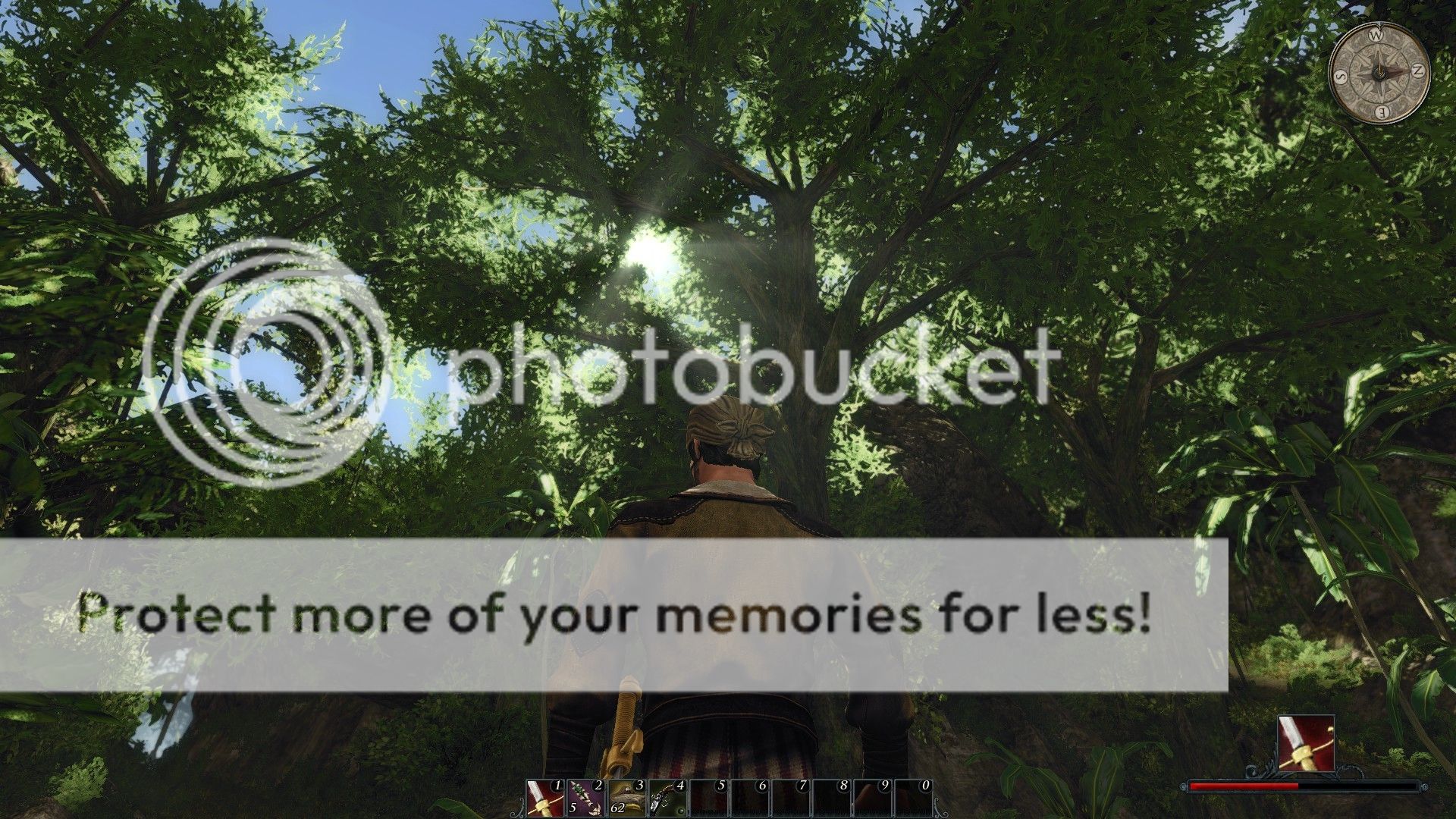
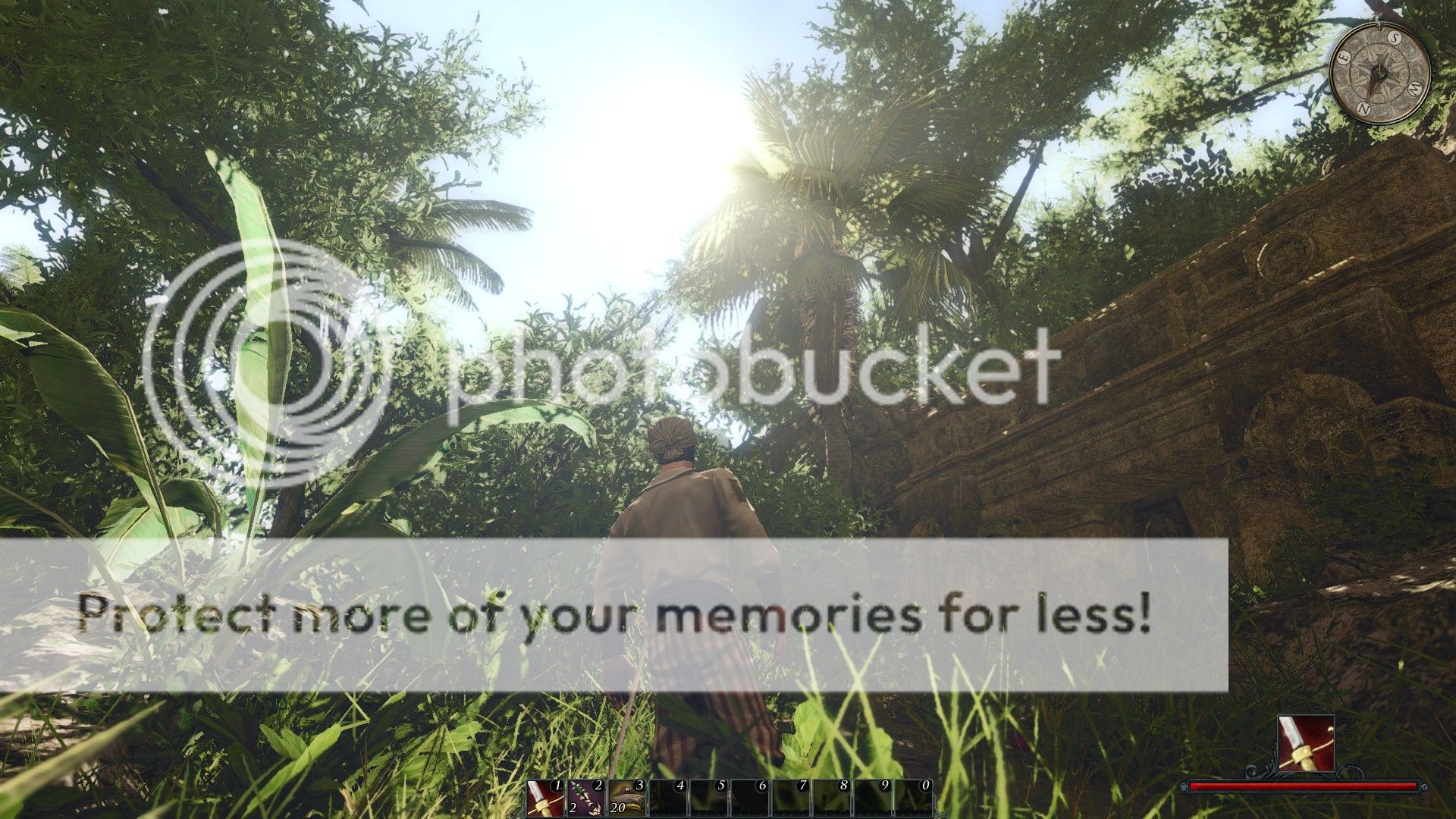
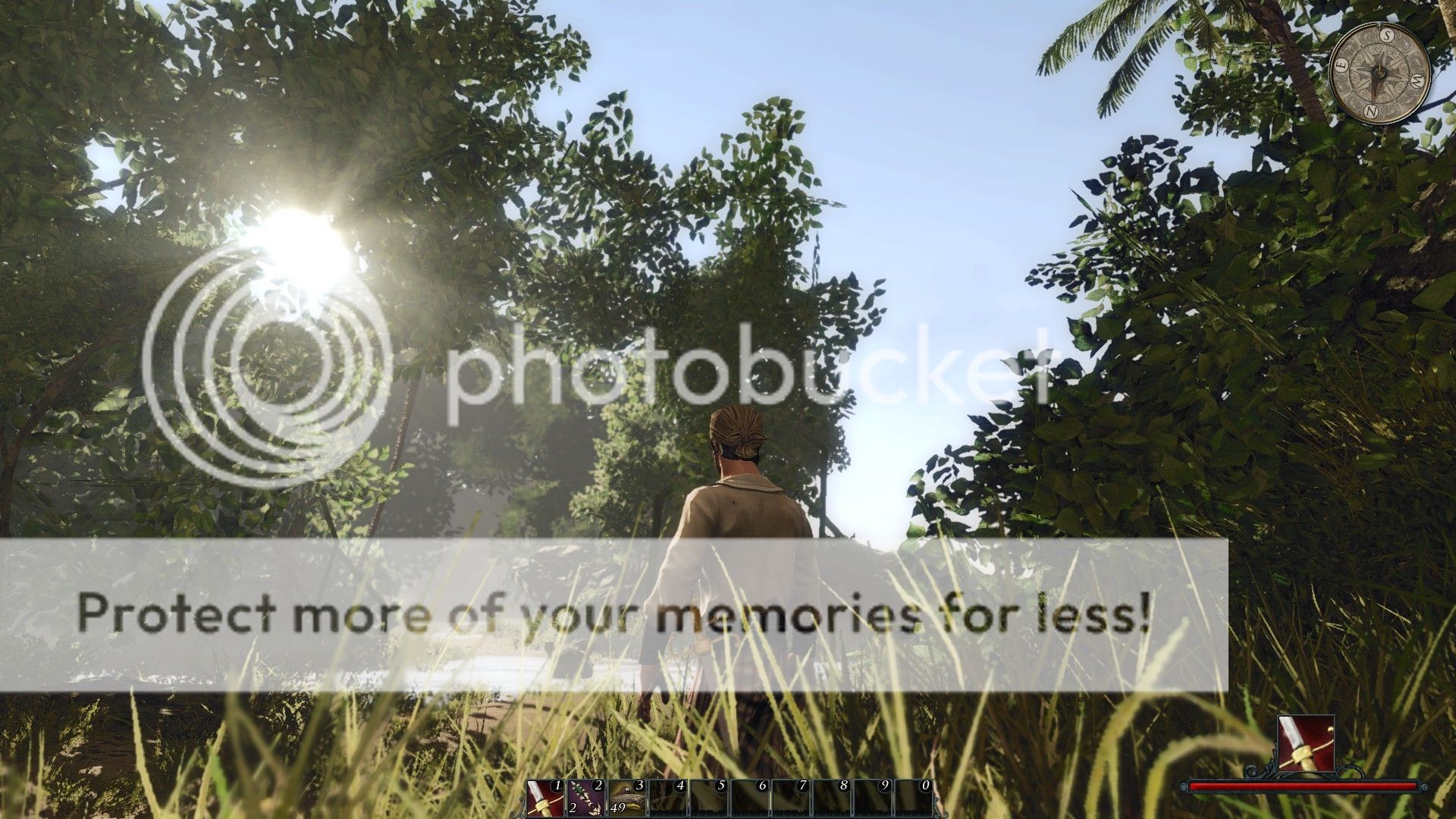

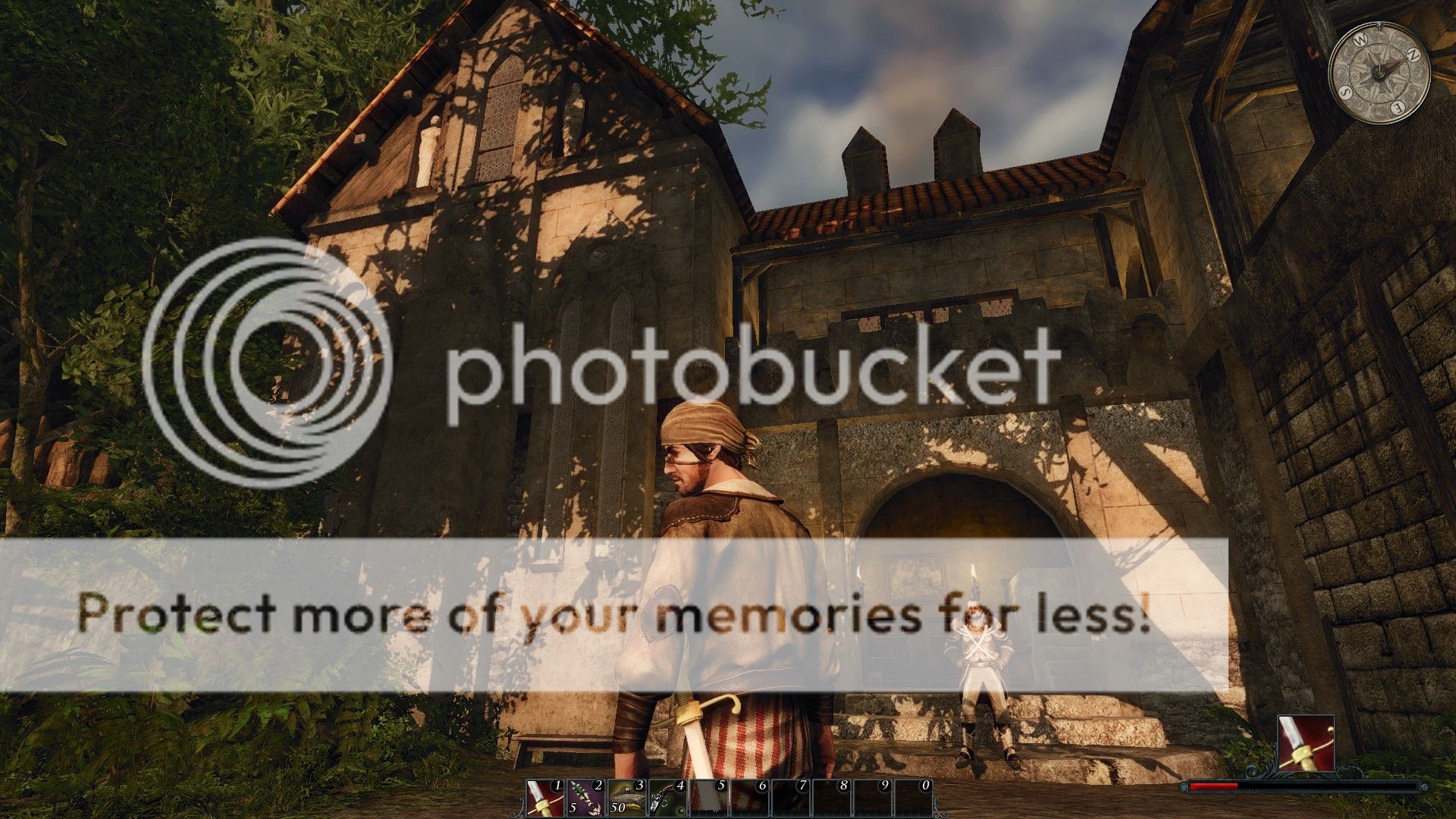

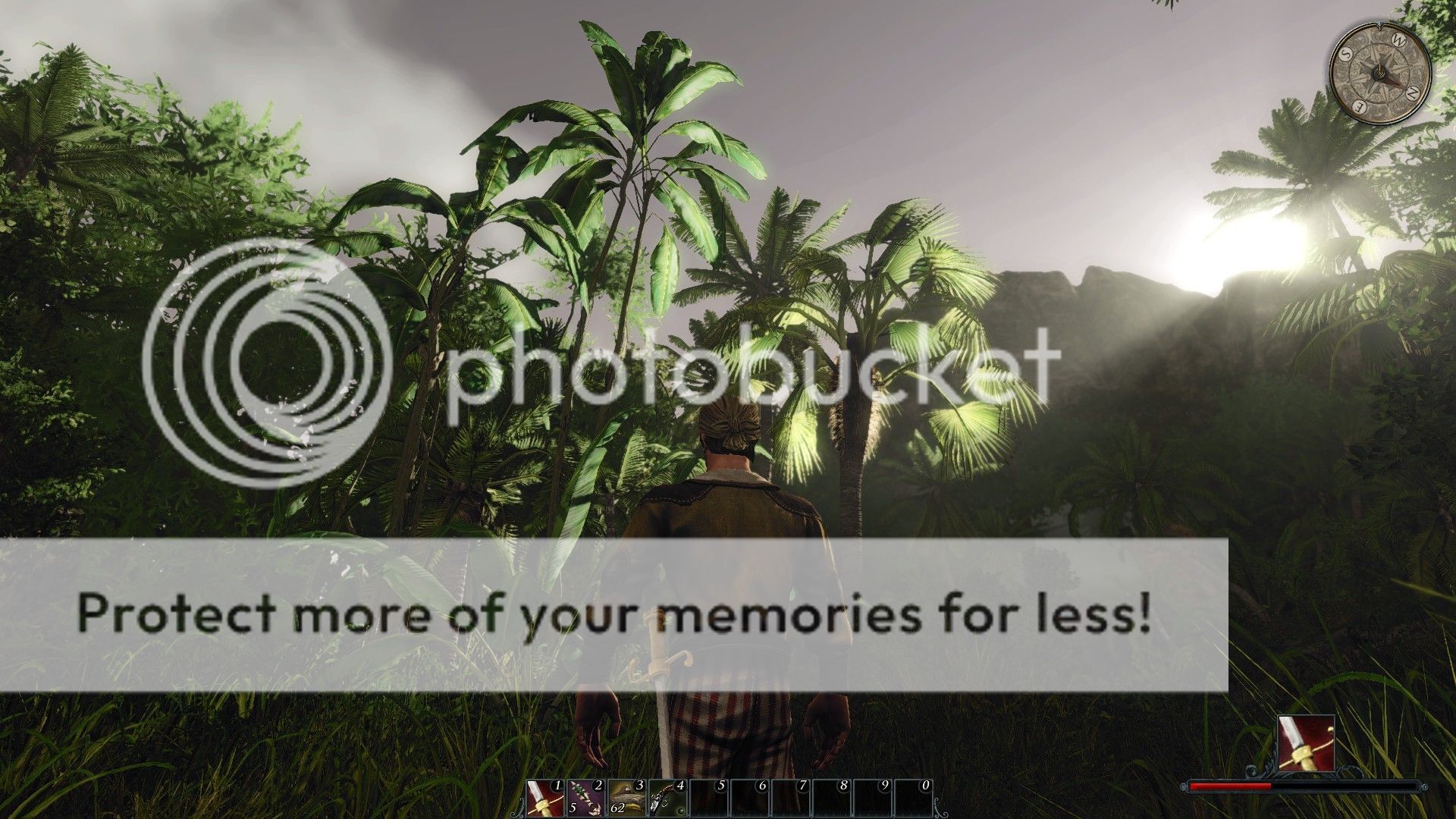

 le esta haciendo mas propaganda nvidia que la propia desarrolladora del juego.
le esta haciendo mas propaganda nvidia que la propia desarrolladora del juego. le esta haciendo mas propaganda nvidia que la propia desarrolladora del juego.
![Lee! [rtfm]](/images/smilies/rtfm.gif)
![angelito [angelito]](/images/smilies/nuevos/angelito.gif)
